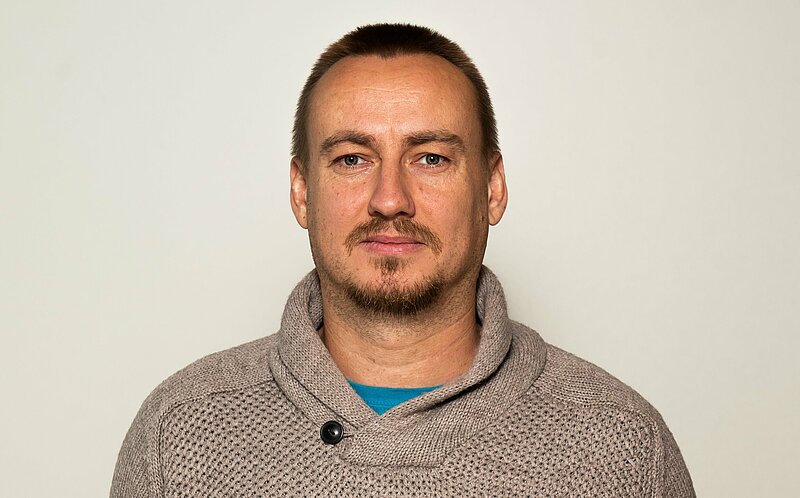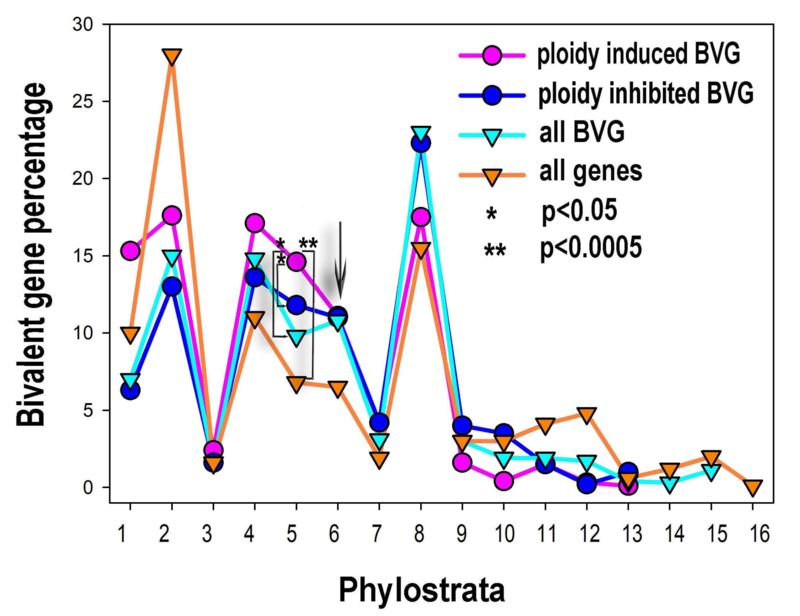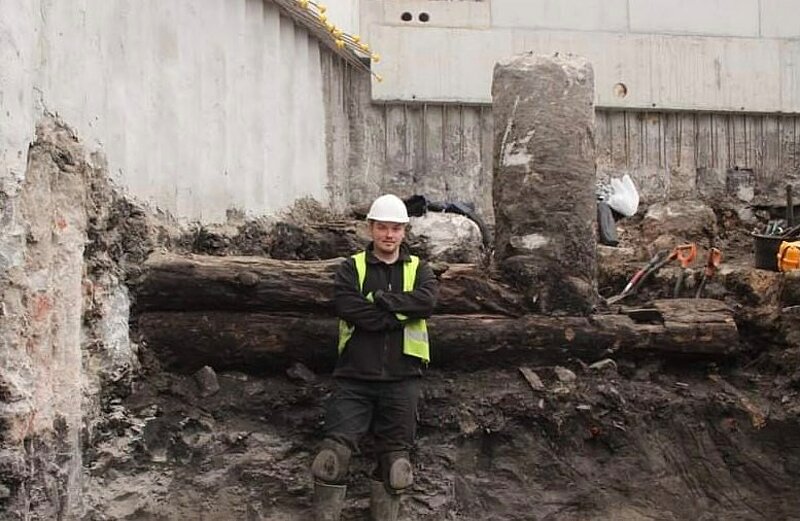
I am a researcher in the ISSP UL Laboratory of Spectroscopy and my scientific supervisor is Dr.phys. Anatolijs Sarakovskis. The topic of my research is erbium upconversion luminescence in transparent glass ceramics containing ternary fluoride nanocrystals.
The main physical process considered in this study is upconversion luminescence - an optical process in which excitation source photons with lower energy are converted into emission with higher energy. In this study upconversion luminescence was used to convert infrared radiation to visible light, and this process was analysed in erbium activated transparent oxyfluoride glass ceramics. Such transparent composites are currently used as infrared visualizers in optical systems, but have also been extensively studied for other potential practical applications in optics, such as optical temperature sensors, optical communication systems and nonlinear optical devices.
Although glass-ceramics is a class of materials that has been extensively studied for optical applications, in this study we have developed new, efficient materials and proposed new methods for their analysis.
The characterization of nanocrystalline oxyfluoride glass ceramics is a challenging task - these materials require both precise control of the chemical composition and synthesis condition of the glass, which determine both the composition and size of the obtained fluoride crystals. As a result of lengthy and persistent research, we have successfully developed glass ceramics with new and efficient ternary fluoride crystals that are promising for practical applications.
In oxyfluoride glass the fluoride crystals are protected from the external environment by a chemically resistant oxide glass matrix. It ensures that the obtained materials are stable and long-lasting, but at the same time also complicates the analysis of the chemical composition of crystals and prevent the use of classical chemical composition analysis methods for oxyfluoride glass-ceramis. In this study we suggest an alternative, non-destructive research method - luminescence spectrometry, which can be used both to determine the structure of the obtained crystals and to analyse the concentration and distribution of activator ions in the material.
The results of the study have been published in eight scientific articles and summarized in the dissertation, which I successfully defended on December 4, 2020.
The donation of SIA “Mikrotīkls” and the support of the LU Foundation helped in the development of the work and allowed me to fully focus on the research. Such donations are especially important for doctoral students, who without such support often have to work in projects non-related to dissertation and focus on their individual research only in their free time.

 LU konference
LU konference





